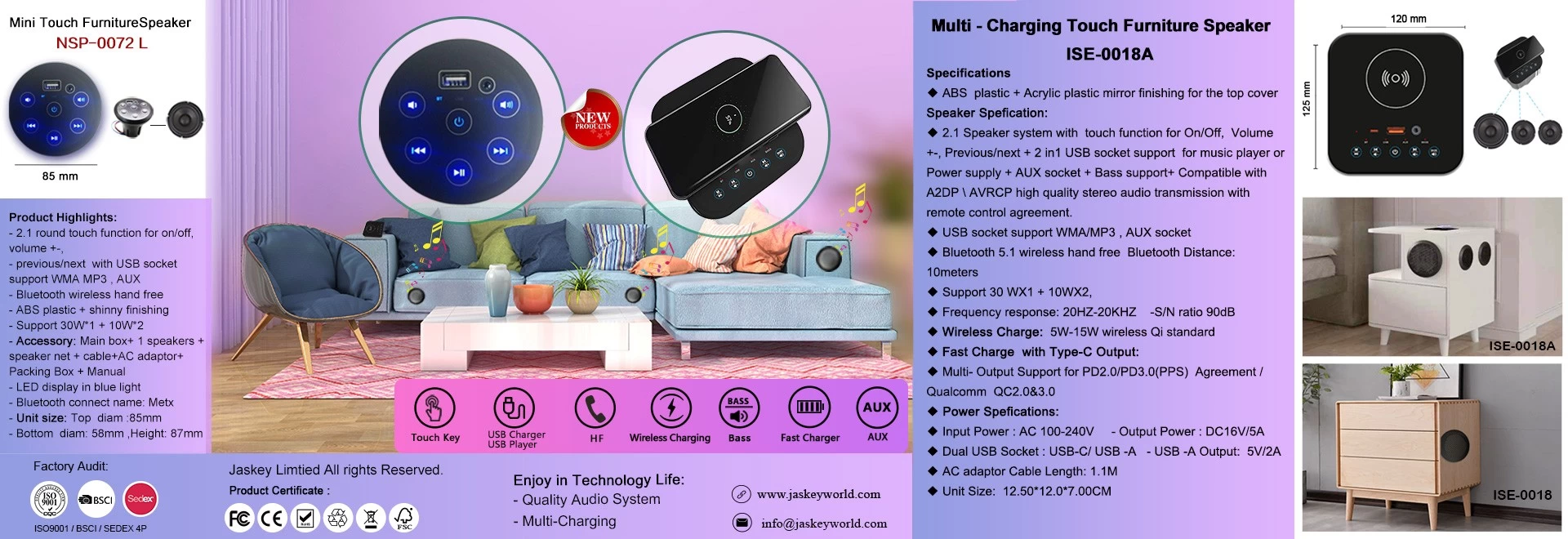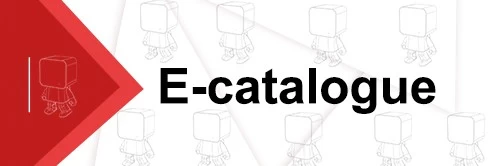Summarize several common reasons why unicorn speakers burn out
Many audiophile think that the output power of the unicorn speaker is too large, which is the cause of damage to the unicorn speaker. In fact, it is not. In professional situations, the unicorn speaker can generally withstand a large signal impact twice the rated power, and can withstand a peak impact of 4 times the rated power instantaneously without any problems. Therefore, it is not due to accidental strong impact or long-term howling of the microphone, but the situation of burning the tweeter due to the high power of the power amplifier is rarely presented.
However, if the power output of the power amplifier is too large, both the treble and bass units may be damaged. If the power of the power amplifier is lacking and the signal overload appears to be clipped, the higher harmonic components will increase sharply.
Improper use of frequency division
The improper use of the input crossover point when the external crossover occurs, or the unreasonable scale of the unicorn speaker operating frequency is also a cause of damage to the unicorn speaker. When using a frequency divider, you should strictly select the crossover point according to the speaker operating frequency scale provided by the speaker manufacturer. If the crossover point of the unicorn speaker is selected too low and the power burden is too heavy, it is easy to burn the unicorn speaker.
Improper tuning of the equalizer
The adjustment of the equalizer is also crucial. The frequency equalizer is set up to compensate for the various shortcomings of the indoor sound field and the uneven frequency of the speakers. It should be debugged with an actual spectrum analyzer or other instruments. The transmission frequency characteristic after debugging should be relatively flat within a certain scale. Many tuners who do not have common sense of sound conduct adjustments at will, and even quite a few people raise the high frequency and low frequency parts of the equalizer too high, forming a "V" shape. If these frequencies are increased by more than 10dB compared with the midrange frequency, not only the phase distortion formed by the equalizer will severely stain the music sound, but also the sound tweeter will be burnt very easily. This type of situation is also the main reason for burning the unicorn speaker.
Low-cut selection improperly causes damage to the low-sound unit
Many tuners don’t pay much attention to the low-cut problem. In fact, this low-cut is the greatest danger of damaging the low-pitched unit. Many low-pitched unicorn speakercannot restore some ultra-low frequencies, such as frequencies below 40 Hz. , The frequency components that cannot be reduced to sound energy still exist, they are converted into heat energy, and our unicorn speaker are glued together with many components. When long-term high-power input of ultra-low frequency component signals that cannot be converted into the unicorn speaker, Because of the limited volume of the box, the heat dissipation is not timely, and a large amount of heat accumulates. Once the glue cannot withstand it, it will melt, causing the bounce to fall, the voice coil is scattered, and the speaker is damaged. The use of low-cut can greatly reduce the damage of ultra-low frequency to the low-pitched unicorn speaker.











